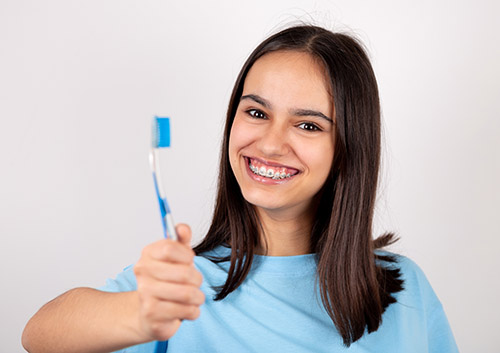Is orthodontic treatment just for straightening teeth?
November 20th, 2024

A lot of patients ask us why Dr. Neil Oliveira and Dr. Derek Wolkowicz and our team at Orthodontic Specialists of Southeastern Massachusetts work tirelessly to give our patients straight teeth. Of course it’s nice to have a smile full of evenly-aligned teeth, but did you know that straightening your teeth can keep them healthier as well? Straight teeth lead to better oral hygiene, increasing your chances of keeping your own natural teeth for a lifetime!
Straight teeth are also less prone to decay, because they collect less plaque, that sticky colorless substance that forms on our teeth. When you visit Orthodontic Specialists of Southeastern Massachusetts for your initial consultation, Dr. Neil Oliveira and Dr. Derek Wolkowicz will examine all aspects of your teeth, face, smile, and jaw.
If you’re wondering whether your teeth might cause problems because they are out of alignment, please give us a call to set up an initial orthodontic consultation at our convenient New Bedford or Mattapoisett, MA office. Dr. Neil Oliveira and Dr. Derek Wolkowicz can help you decide whether or not you will benefit from orthodontic treatment.
Questions? Give us a call, ask us below or on our Facebook page!



